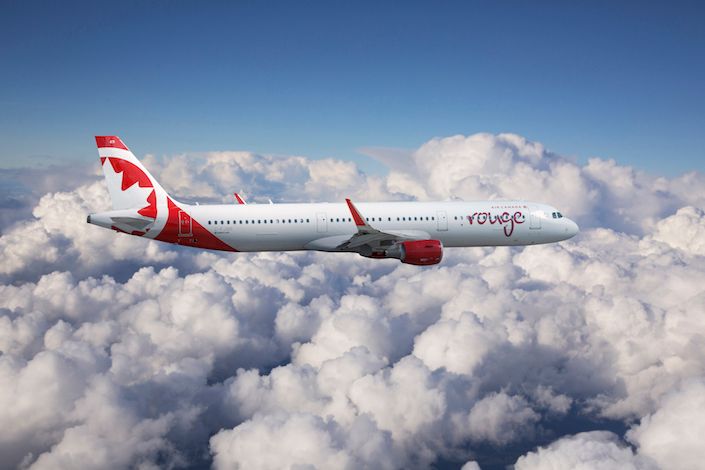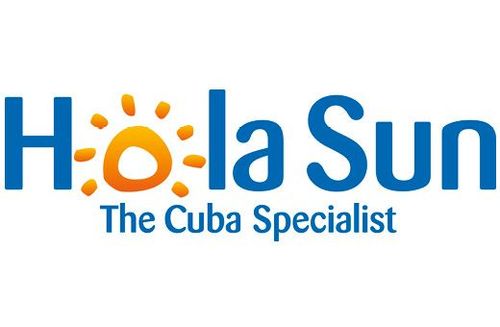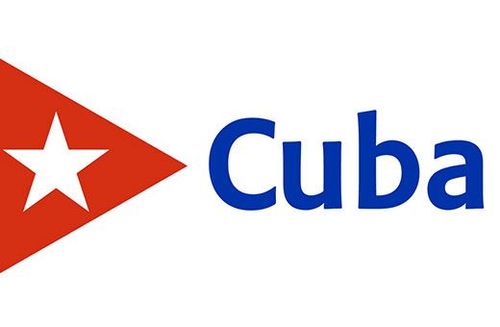Where travel agents earn, learn and save!
News / All Airbus: Air Canada Rouge goes full narrowbody
Air Canada Rouge has resumed flying

Air Canada Rouge, the lower-cost subsidiary and leisure airline of the Canadian flag carrier, took to the skies again in September. With the B767-300ER gone, its 39-strong fleet is now exclusively Airbus. They’re used on 60 routes until the end of the year as it rebuilds its network.
Air Canada Rouge has resumed flying
Air Canada Rouge relaunched with an initial three routes from Toronto: Las Vegas, Orlando, and Regina, in the distant province of Saskatchewan. These were joined by Toronto to Cancun and Tampa a few days later, with all five routes using 200-seat A321ceos.
These were its first flights since February, with the seven-month grounding due to Canada’s non-essential travel ban and the suspension of all flights to the Caribbean and Mexico – two of its essential markets – at the request of the Canadian government. Rouge’s resumption coincided with Canada reopening its borders on September 7th to fully vaccinated foreigners.
Now exclusively Airbus
Rouge’s fleet is now entirely narrowbody, ch-aviation.com shows, with 20 A319s, 14 A321s, and just five A320s. This follows the retirement of its B767-300ERs, of which it had 25 at one point.
Its 767s were, of course, mainly used long-haul, including across Europe and South America, and the type’s routes had an average of 2,378 miles, OAG indicates. At 5,063 miles, Toronto-Athens was its longest-ever 767 route, but Toronto to Las Vegas had the most flights.
Currently, five aircraft are active
According to Planespotters.net and confirmed by Flightradar24, only five of its 39-strong fleet – some 13% – is currently active, all A321s. Its A321 fleet has an average age of just 6.1 years, far younger than its A319s (23.5 years; to be retired) and A320s (14.2 years). The younger A321s were delivered directly to Air Canada Rouge.
No widebodies go hand-in-hand with Rouge previously saying that it’ll concentrate on routes within narrowbody range. Air Canada will instead operate suitably good-performing long-haul routes – many have already switched – in a rejigging of networks and focusing on relative strengths.
One of many examples is Toronto to Edinburgh, which was by Rouge’s 767s and from 2022 will instead be by its parent’s Boeing 737 MAX 8s from June 1st. It’ll compete directly with WestJet. Another: Toronto to Bogota, in Rouge’s hands from 2016, is now by Air Canada’s B787s and A330-300s.
What’s the plan to the end of the year?
Between September 20th and December 31st, Rouge has scheduled 60 routes. Thirty-nine of these are to/from Toronto, with most of the rest from Montreal. With over 2,700 outbound flights planned, the domestic market has almost four in ten departures, comprising eight routes from Toronto.
Toronto to Québec City has the most flights
Some 13 international countries will welcome Rouge’s flights, with the US the most-served, followed by Cuba, Mexico, Dominican Republic, and the Cayman Islands. Toronto to Miami has the most international flights, as shown below, although the 456-mile domestic link from Toronto to Québec City (YQB) is the most-served, with 28 weekly departures from November.
- Toronto-Québec City
- Toronto-Moncton
- Toronto-Thunder Bay
- Toronto-Miami
- Toronto-Las Vegas
- Toronto-Tampa
- Toronto-Fort Myers
- Toronto-Fredericton
- Montreal-Orlando
- Montreal-Miami











